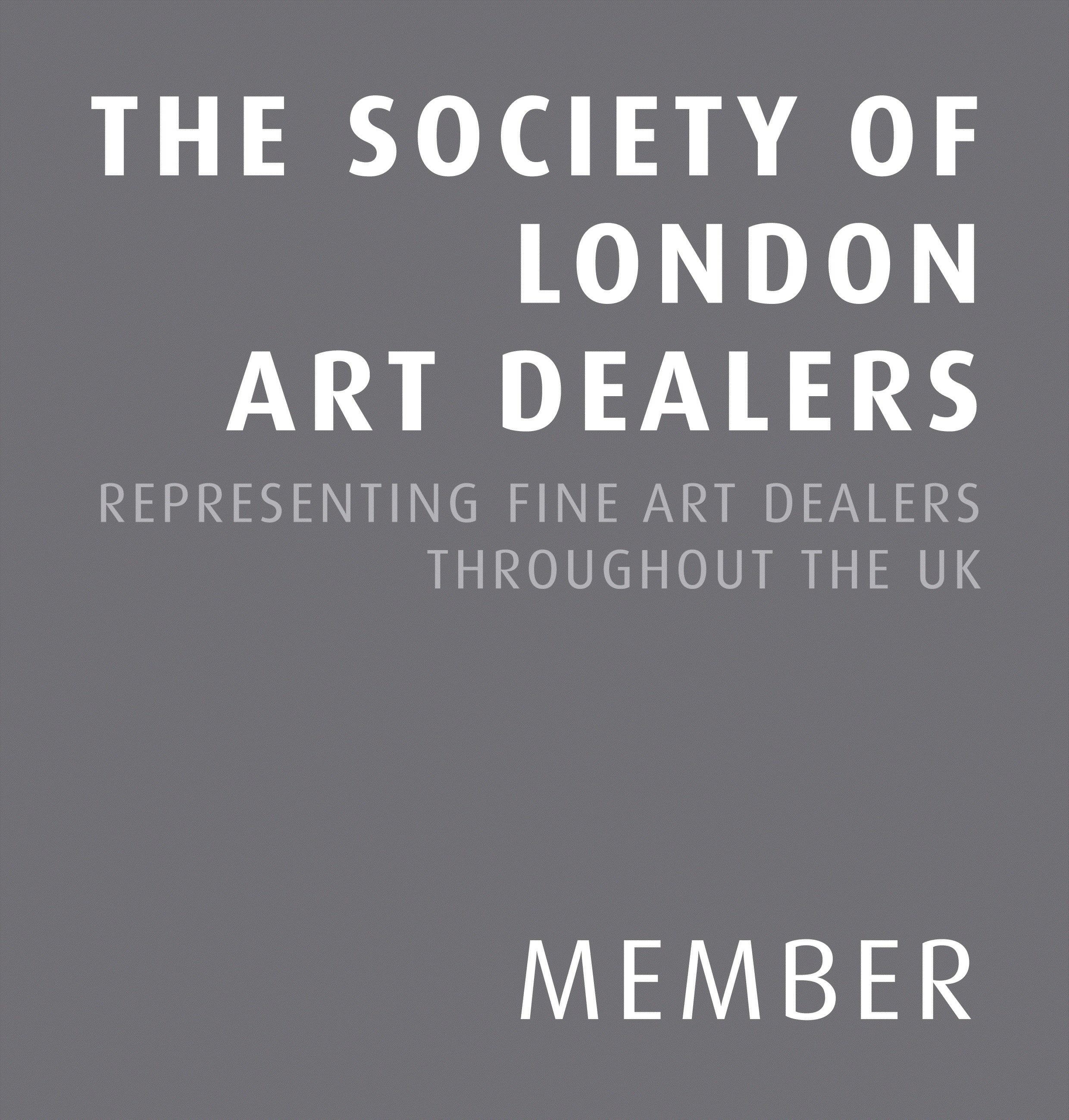Early in Farhad Gurban oglu Khalilov’s career, he attracted the attention of the art community and painting scholars in Azerbaijan. He began his studies at the Azerbaijan A. Azimzade State Art School (1961-1966), then continued his studies in Moscow, where he attended the Higher Industrial Art School (formerly Stroganov) (1966) and the Moscow Polygraphic Institute (1969-1975), where his work was highly rated by famed teachers A. D. Goncharov and B. M. Basov.
Khalilov fell into a scene of talented young artists, spent time among non-conformists, and held make-shift apartment exhibitions. He navigated a global art scene whilst simultaneously maintaining his connection with the national tradition. After returning home, he was elected Chairman of the Union of Artists in Azerbaijan.
The predominant motifs found in Khalilov’s works are the landscapes, sea and views of the Absheron Peninsula. His works are characterised by a generalised interpretation of colour and space, and lack of narrative. The works are close to abstract minimalism; the image is often reduced to a sign that figuratively and poetically expresses the impression of the nature of the South, working within the genre of what can be described as a symbolic landscape. We also immediately feel the internal relationship with these new traditions of Azerbaijani painting; in the understanding of colour, and in a hidden but undeniable sense of decoration. Khalilov’s
work is a fusion of Russian and European painting traditions and Eastern culture.

